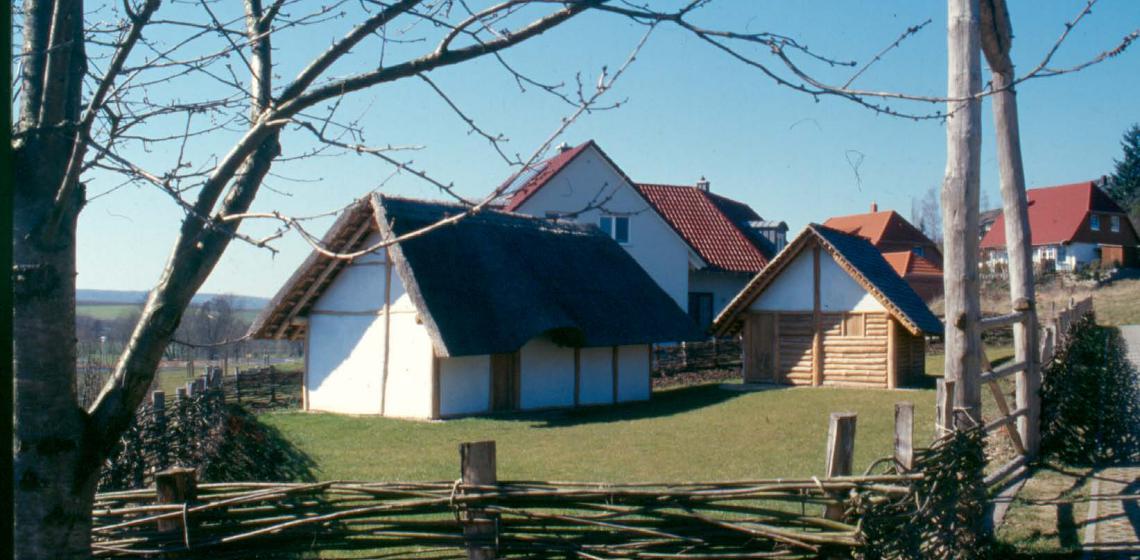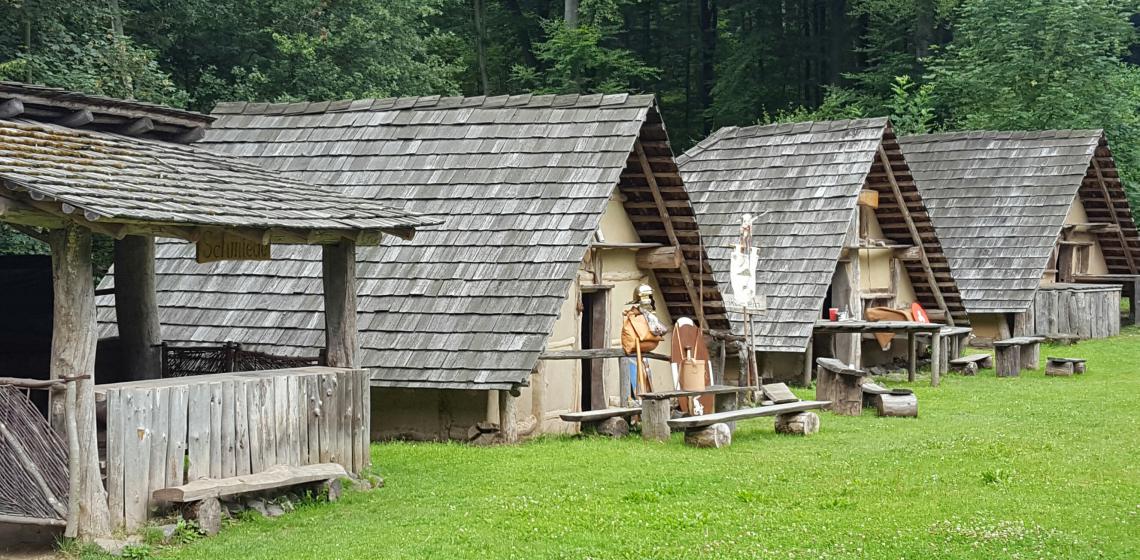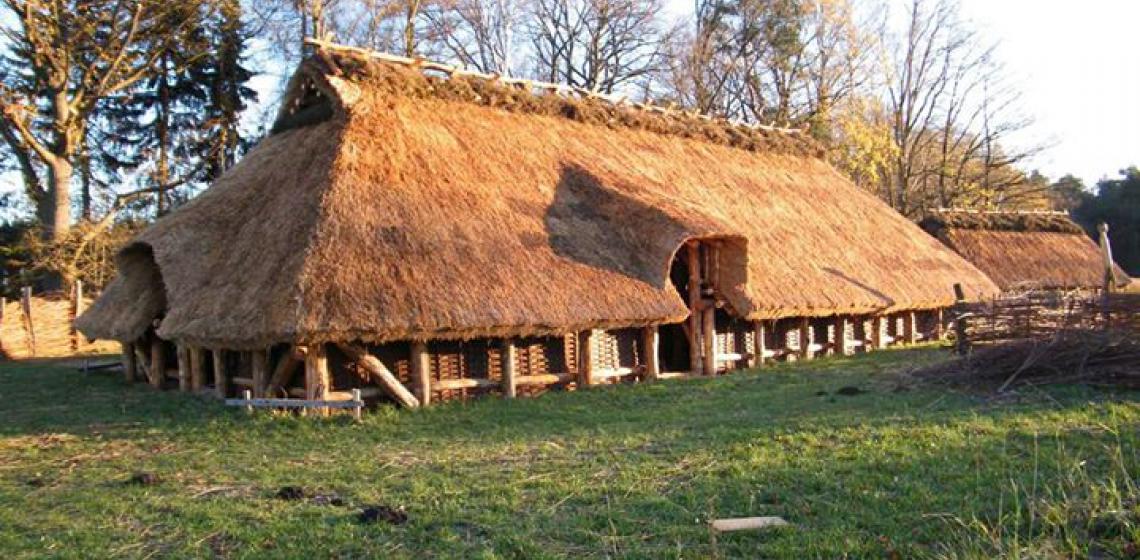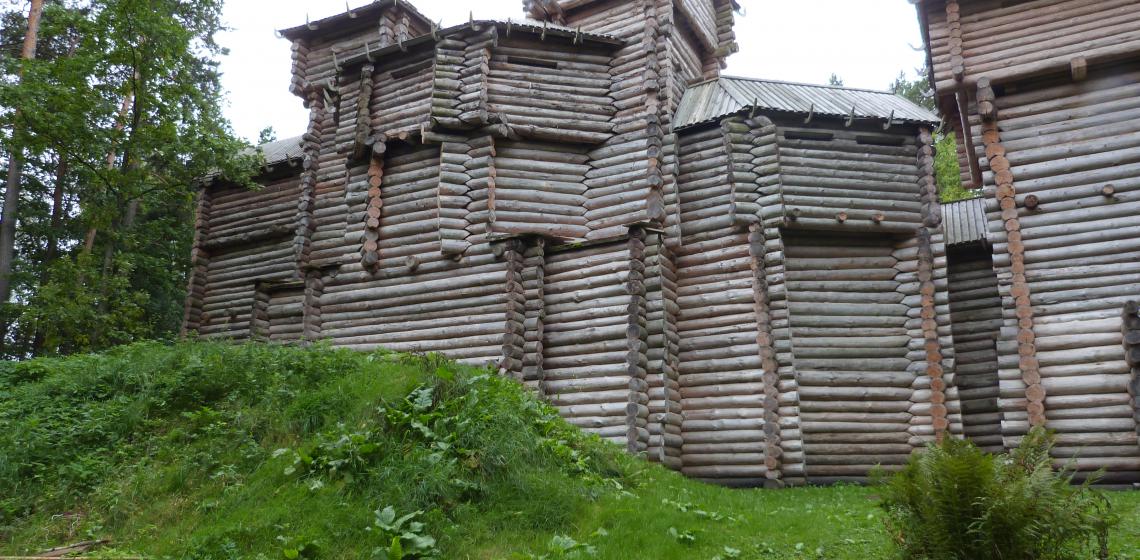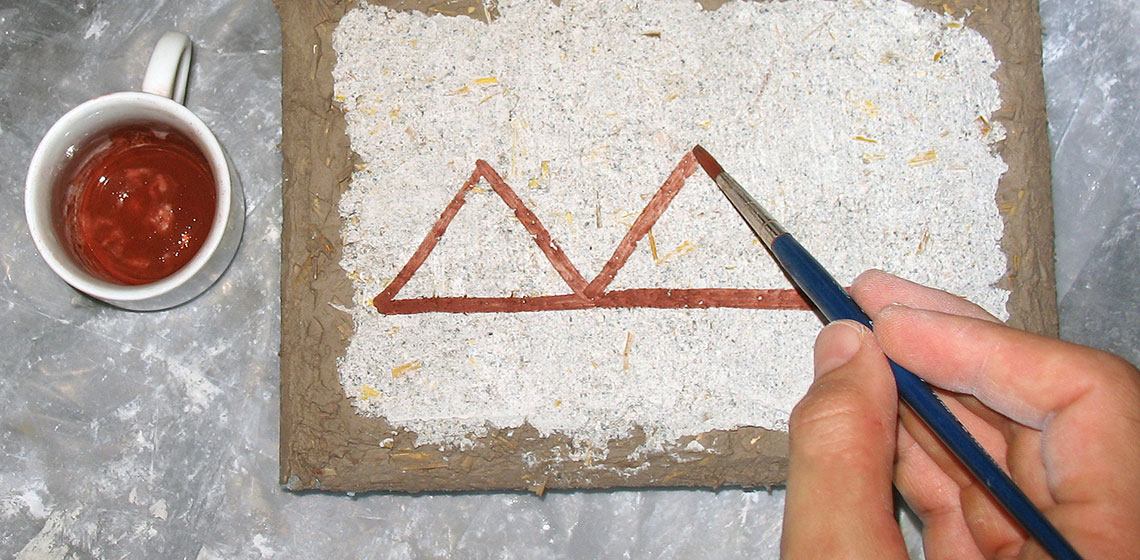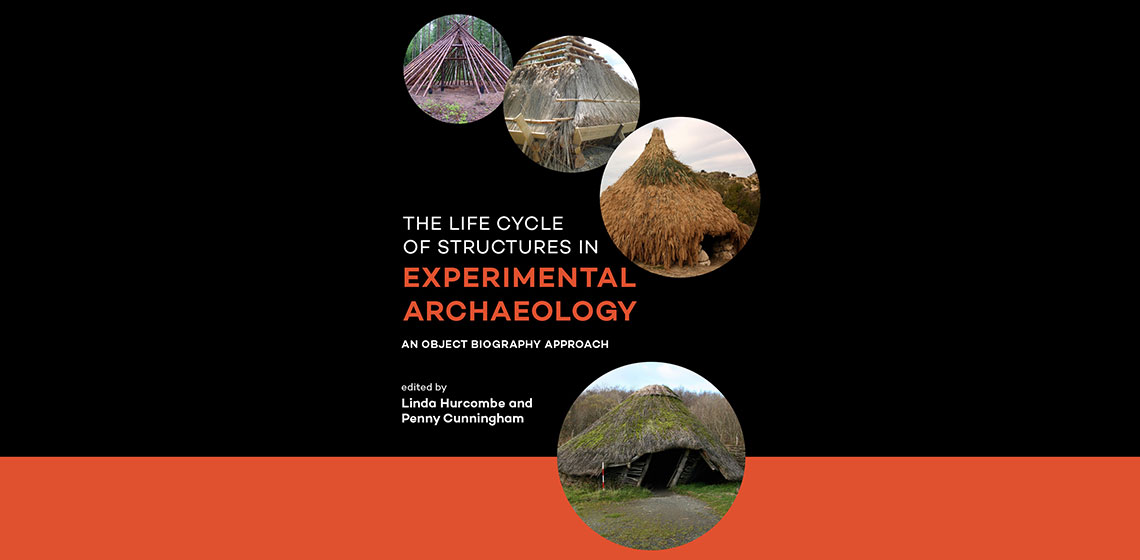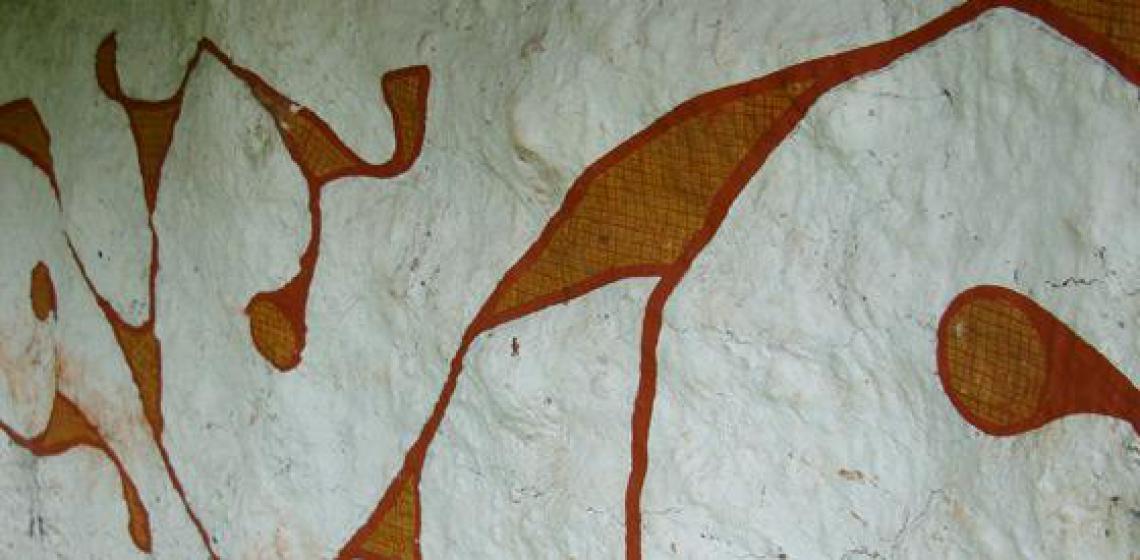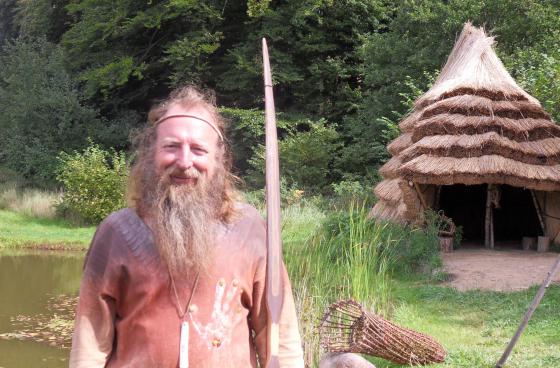Keltenhof Mackenzell (DE)
In 1998, archaeologists discovered a Hallstatt settlement in the Mackzell suburb of Hünfeld in East Hessen. The settlement dated to 700-800 BC and was excavated in the years 2000-2001.
The excavated houses were very diverse in ways of construction but relatively small. Even the main building was under 10 metres. This was a farmer’s settlement with the occasional home-made pottery. The finds are exhibited at the Konrad-Zuse Museum in Hünfeld.

